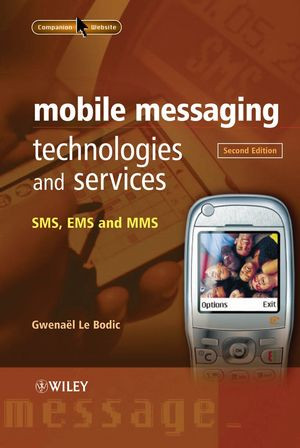

Most ebook files are in PDF format, so you can easily read them using various software such as Foxit Reader or directly on the Google Chrome browser.
Some ebook files are released by publishers in other formats such as .awz, .mobi, .epub, .fb2, etc. You may need to install specific software to read these formats on mobile/PC, such as Calibre.
Please read the tutorial at this link: https://ebookbell.com/faq
We offer FREE conversion to the popular formats you request; however, this may take some time. Therefore, right after payment, please email us, and we will try to provide the service as quickly as possible.
For some exceptional file formats or broken links (if any), please refrain from opening any disputes. Instead, email us first, and we will try to assist within a maximum of 6 hours.
EbookBell Team

5.0
88 reviews? Contains a revised section on the fundamentals of MMS, including an updated section on GPRS to explain current commercial implementations such as GRX applications.
? Presents the latest developments in MMS standardization, including the design of synchronized multimedia integration language (SMIL) presentations, Digital Rights Management (DRM), transcoding techniques, postcard service and support of advanced multimedia formats.
? Describes the processes for standardizing telecommunications services and technologies (3GPP, OMA, GSM Association, IETF and W3C).
? Provides updated sections on SMS, EMS and heavily revised coverage of the developments in MMS, including MMS interworking and the forthcoming MMS version 1.3.
This resource will be invaluable for application developers, manufacturers, operators and content providers involved in the design and deployment of messaging services. It will also be of interest to practitioners involved in the process of standardizing telecommunications services and technologies. Postgraduate students and researchers will benefit from having access to state-of-the-art findings backed by numerous illustrative real-world examples.
Includes a companion website featuring information on relevant standards, available phones and developers’ resources.Content:
Chapter 1 Basic Concepts (pages 1–27):
Chapter 2 Standardization (pages 29–46):
Chapter 3 Short Message Service (pages 47–129):
Chapter 4 Enhanced Messaging Service (pages 131–206):
Chapter 5 Multimedia Messaging Service: Service and Architecture (pages 207–291):
Chapter 6 Multimedia Messaging Service, Transactions Flows (pages 293–393):